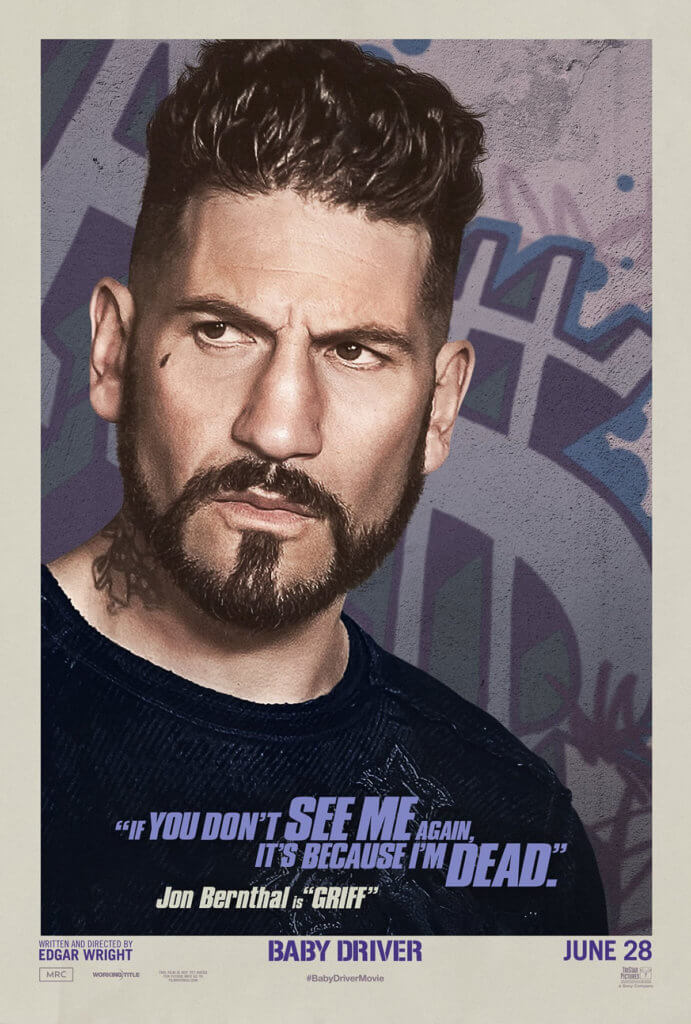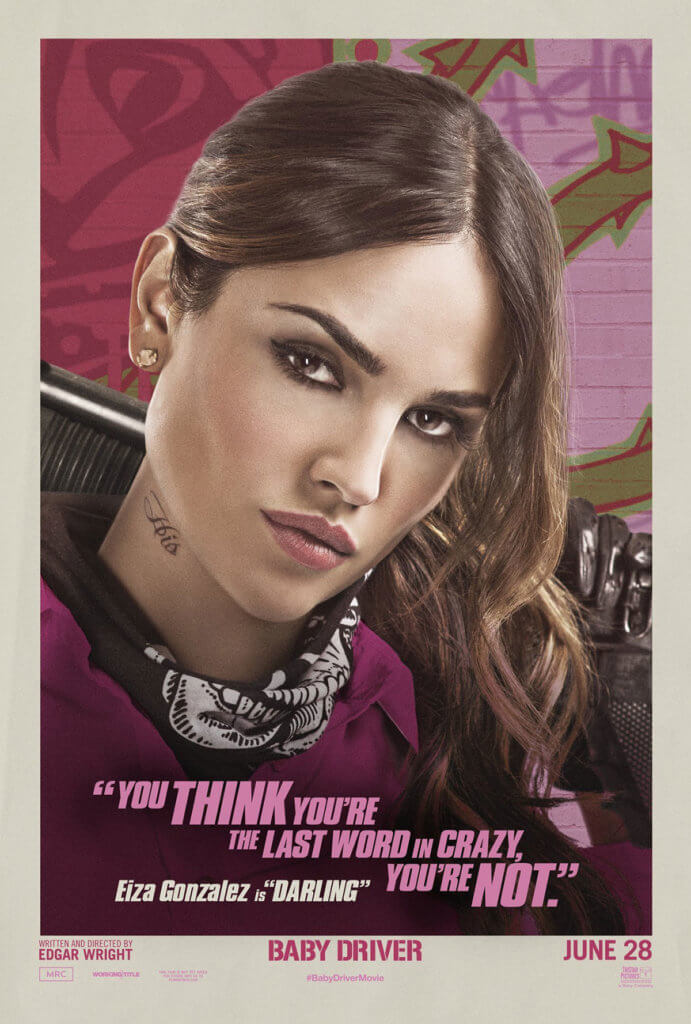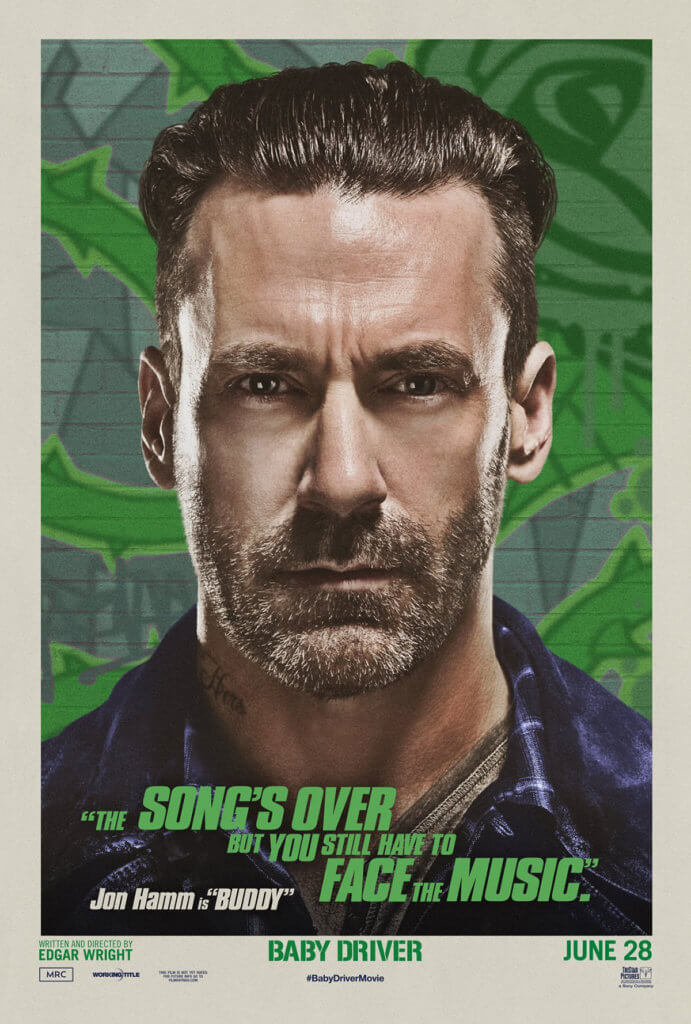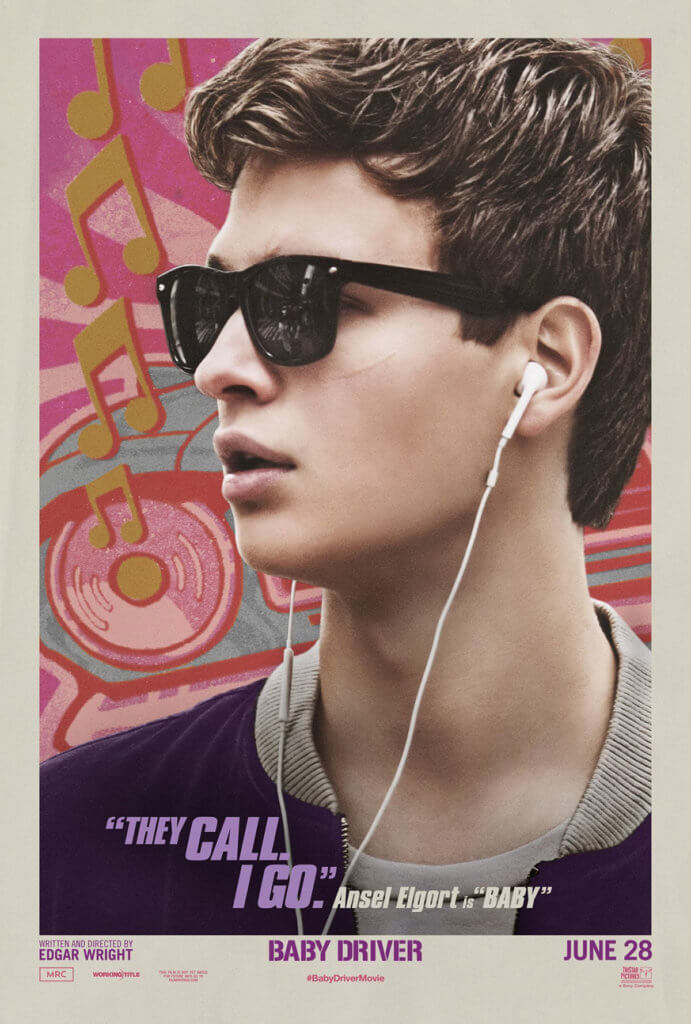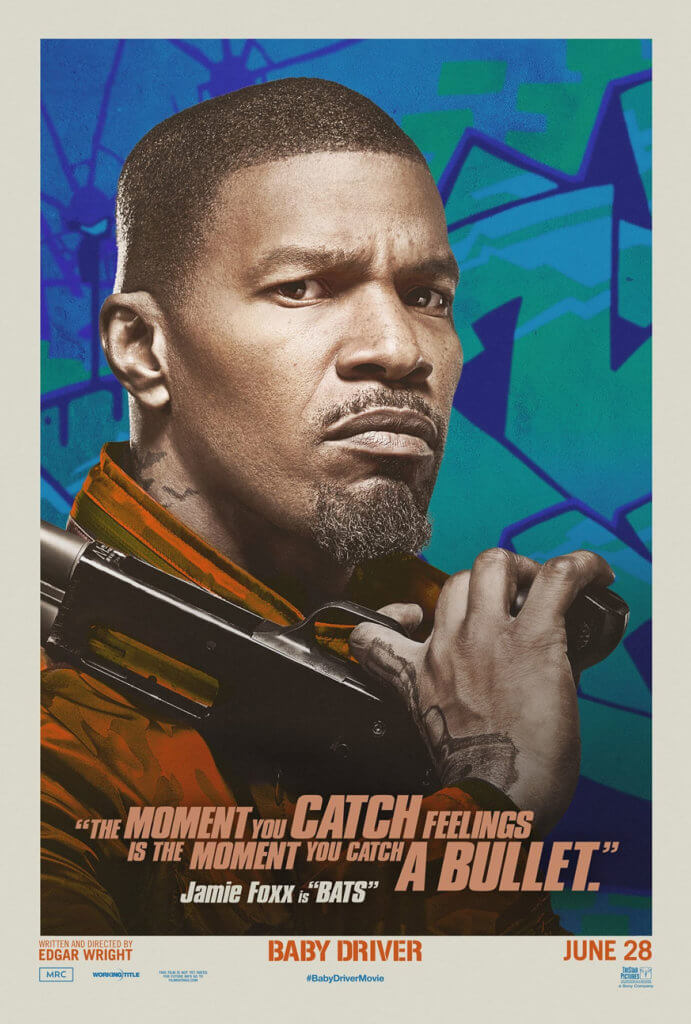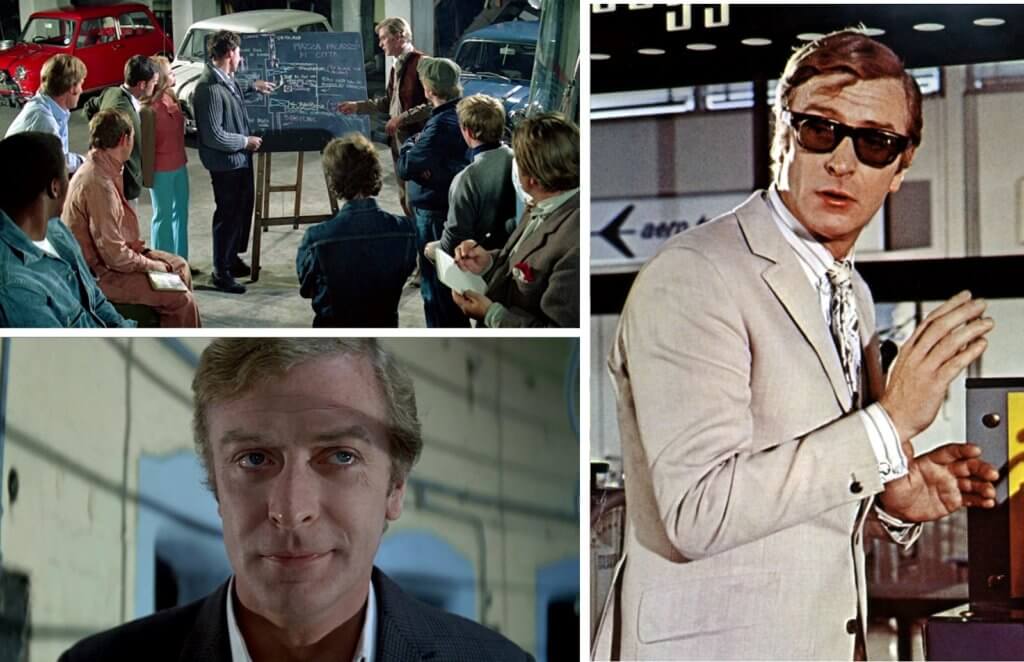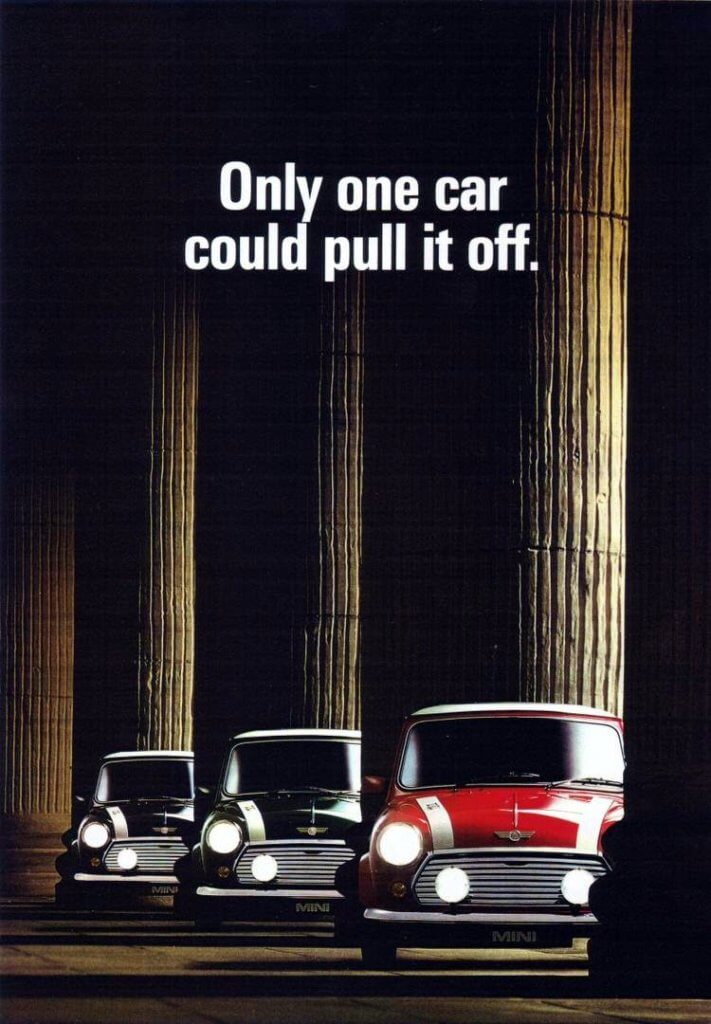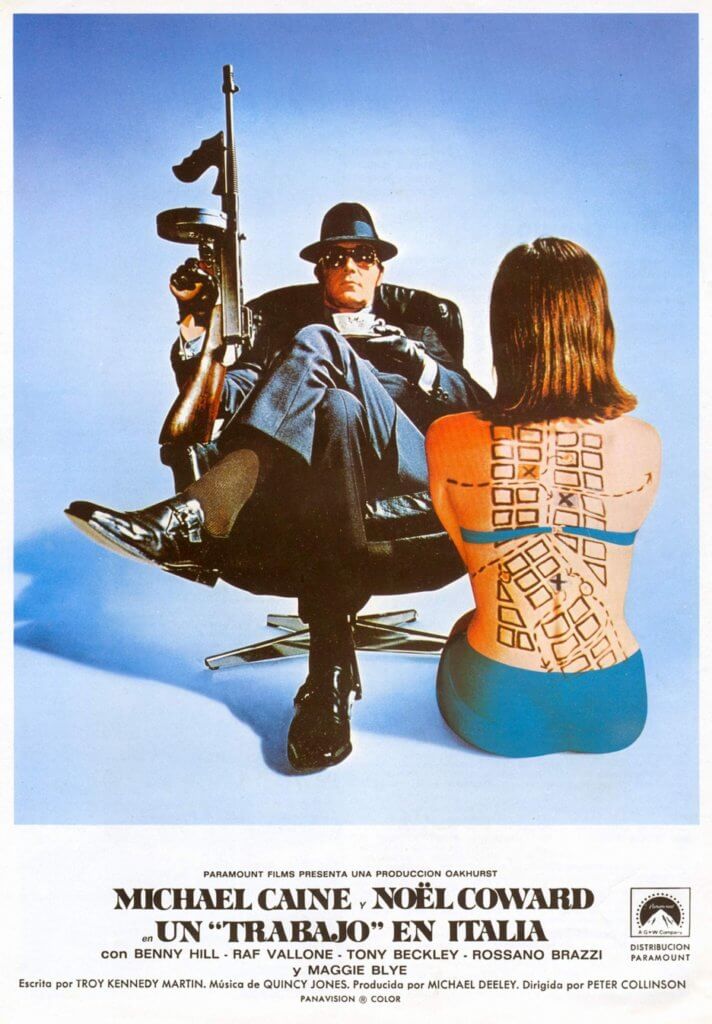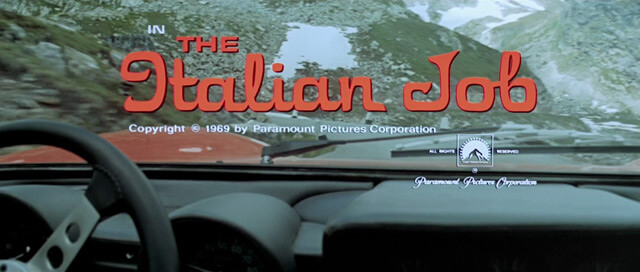Baby Driver: Return of the Heist
[edsanimate_start entry_animation_type= “bounceInRight” entry_delay= “2” entry_duration= “3” entry_timing= “ease-in-out” exit_animation_type= “” exit_delay= “” exit_duration= “” exit_timing= “” animation_repeat= “1” keep= “yes” animate_on= “scroll” scroll_offset= “10” custom_css_class= “headercar”]The Outline[edsanimate_end]
Feel free to write notes on this chalkboard!
What makes a good heist film?
There have been many heist films over the centuries. Wikipedia counts over 280 commercial releases, IMDB has over 900 results for heist; there are most definately more. Some good. Some bad. Some Remakes. But in anticipation of the release of the 2017 film Baby Driver (Directed by Edgar Wright ), I have asked myself some questions I thought worthy of investigation.
- What are the makings of a decent heist film?
- What are the tropes that define a heist film?
- What are some important or interesting examples of heist film scenes
- Will the 2017 film Baby Driver be any good?
First of all, yes: Baby Driver will be a great film. This article will explain why I already know this before it’s release, by delving into the other questions posed.

- Strong Characters
- Unique Style
- Choreography
- A Double-Cross
- Heart Stopping Adrenaline
- A Selfish Love above all others
[edsanimate_start entry_animation_type= “bounceInRight” entry_delay= “0” entry_duration= “3” entry_timing= “ease-in-out” exit_animation_type= “” exit_delay= “” exit_duration= “” exit_timing= “” animation_repeat= “1” keep= “yes” animate_on= “scroll” scroll_offset= “10” custom_css_class= “headercar”]Strong Characters[edsanimate_end]
[edsanimate_start entry_animation_type= “bounceInRight” entry_delay= “0” entry_duration= “3” entry_timing= “ease-in-out” exit_animation_type= “” exit_delay= “” exit_duration= “” exit_timing= “” animation_repeat= “1” keep= “yes” animate_on= “scroll” scroll_offset= “15” custom_css_class= “headercar”]Unique Style[edsanimate_end]
[edsanimate_start entry_animation_type= “bounceInRight” entry_delay= “0” entry_duration= “3” entry_timing= “ease-in-out” exit_animation_type= “” exit_delay= “” exit_duration= “” exit_timing= “” animation_repeat= “1” keep= “yes” animate_on= “scroll” scroll_offset= “15” custom_css_class= “headercar”]Choreography[edsanimate_end]
The Italian Job was scored by the legendary Quincy Jones. People may forget how epic The Great Escape was, but it’s theme music remains timeless. While music is not a nessesary for a high quality Heist Movie; good choerography most definately is. And nothing exemplifies choreography better than a great supporting and sychronous soundtrack. This point is actually highlighted throughout the film Baby Driver with it’s main character “Baby”. Unlucky for Baby, he lost his parents at an early age in a car crash and suffers from tinitus as a result. Luckily for the viewers, Baby drowns out the constant ringing with a killer soundtrack, setting the tone for each scene. Killer in this case is no understatement. Spanning six decades and endless genres: from the The Commadores to Danger Mouse, Glam Rock to Synth-Pop, funky 70s covers of 50s rock….the eclectic mix of music stored in one man’s ipod is undeniable. But to be eclectic alone is not enough for a good Heist either. Sure it may be crazy enough to get the characters to the finish line, but complexity will ensure evasion and observers on the edges of their seats.
Also for choreography to be considered of quality must it must be intricate. It can be simple in its execution of intracisy, but intricate none-the-less.


[edsanimate_start entry_animation_type= “bounceInRight” entry_delay= “0” entry_duration= “3” entry_timing= “ease-in-out” exit_animation_type= “” exit_delay= “” exit_duration= “” exit_timing= “” animation_repeat= “1” keep= “yes” animate_on= “scroll” scroll_offset= “15” custom_css_class= “headercar”]The Double [Double] Cross[edsanimate_end]
What is a heist movie without a double cross? Could it even be considered a heist movie? It would mean that the stakes weren’t large enough, personalities weren’t strong enough, the lust wasn’t high enough. After that you’re left with an over-complicated robbery documentary. A double-cross in heist films come in all shapes and sizes, but usually revolve around either infighting (Mission Impossible 1, Ronin) or manipulation of or from a new member of the group (Mission Impossible 1,Ocean’s Eleven, Inception, Heat, The Town)
Even more delicate is the great Double-Double-Cross (Mission Impossible 1, Ronin, The Great Muppet Caper) . It becomes a delicate affair as its use comes with fine line between an intricate plot twist, and a lazy way to redeem characters though victimisation.
None-the-less the inclusion of a Double-[Double]-Cross plays into the choreography and intricacy of a heist film and often helps ,rather than hinders, a viewers enjoyment factor.
[edsanimate_start entry_animation_type= “bounceInRight” entry_delay= “0” entry_duration= “3” entry_timing= “ease-in-out” exit_animation_type= “” exit_delay= “” exit_duration= “” exit_timing= “” animation_repeat= “1” keep= “yes” animate_on= “scroll” scroll_offset= “15” custom_css_class= “headercar”]Heart Stopping Adrenaline[edsanimate_end]
[edsanimate_start entry_animation_type= “bounceInRight” entry_delay= “0” entry_duration= “3” entry_timing= “ease-in-out” exit_animation_type= “” exit_delay= “” exit_duration= “” exit_timing= “” animation_repeat= “1” keep= “yes” animate_on= “scroll” scroll_offset= “15” custom_css_class= “headercar”]A Selfish Love above all others[edsanimate_end]
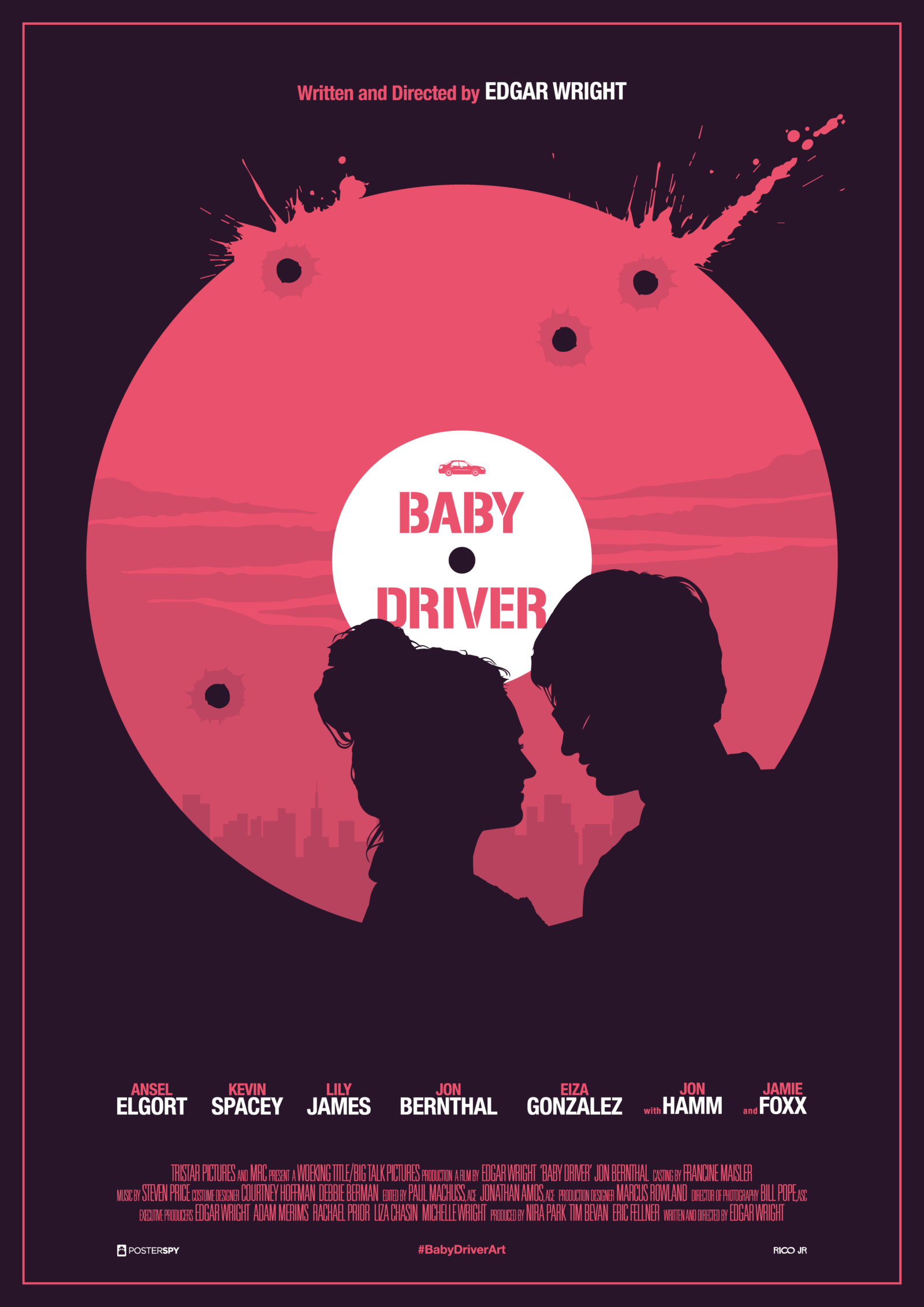
Now this doesn’t have to be a love of a woman, although it often it. The love could also be of adrenaline (Point Break), rebellion, power, or just money in general. But the key factor is always that it is a love that could put the whole team in jeopardy and a risk that they are willing to take.
Thank You for Reading
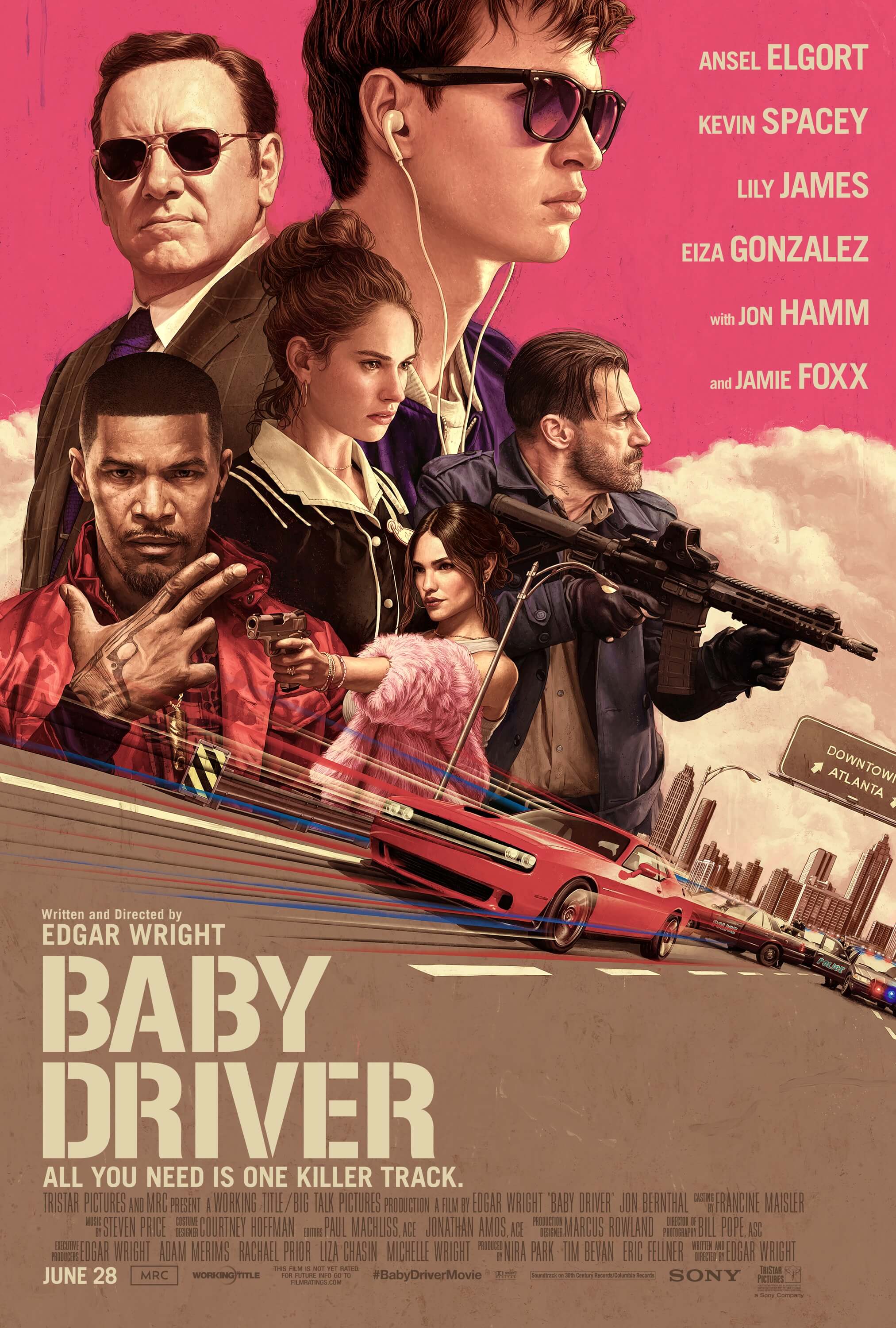
[edsanimate_start entry_animation_type= “bounceInRight” entry_delay= “0” entry_duration= “3” entry_timing= “ease-in-out” exit_animation_type= “” exit_delay= “” exit_duration= “” exit_timing= “” animation_repeat= “1” keep= “yes” animate_on= “scroll” scroll_offset= “15” custom_css_class= “headercar”]One Last Ride[edsanimate_end]
“Just when I thought I was out, they pull me back in!”
Michael Corleone, played by Al Pacino, in the film The Godfather: Part III
The Godfather is not a heist trilogy, but it is fitting none the less. Some might call this the ultimate heist trope in films: a character needs to reluctantly do “one last job”. The job is always “an offer they cannot refuse”. Reasons can range from: intimidation (Sexy Beast), forced circumstances (Point Break, Mission Impossible 1), the jobs’ scale (Italian Job), retirement (The Town). Regardless, it is always against better judgement. Within this poor decision or circumstance brings uncertainty of success, the lifeblood of any decent heist film As a part of that character’s development arc, it is always used to transition said character from a selfish, often arrogant, adrenaline seeker corrupted by the surrounding culture; [back] to a relatively altruistic “good guy”. Said character never leaves unscathed, either physically or emotionally and on occasion dies in the process (The Drivers from Heat), but they are always [unexpectedly] redeemed.
“A friend should always underestimate your virtues and an enemy overestimate your faults.”
Vito Corleone, played by Marlon Brando, The Godfather: Part III

